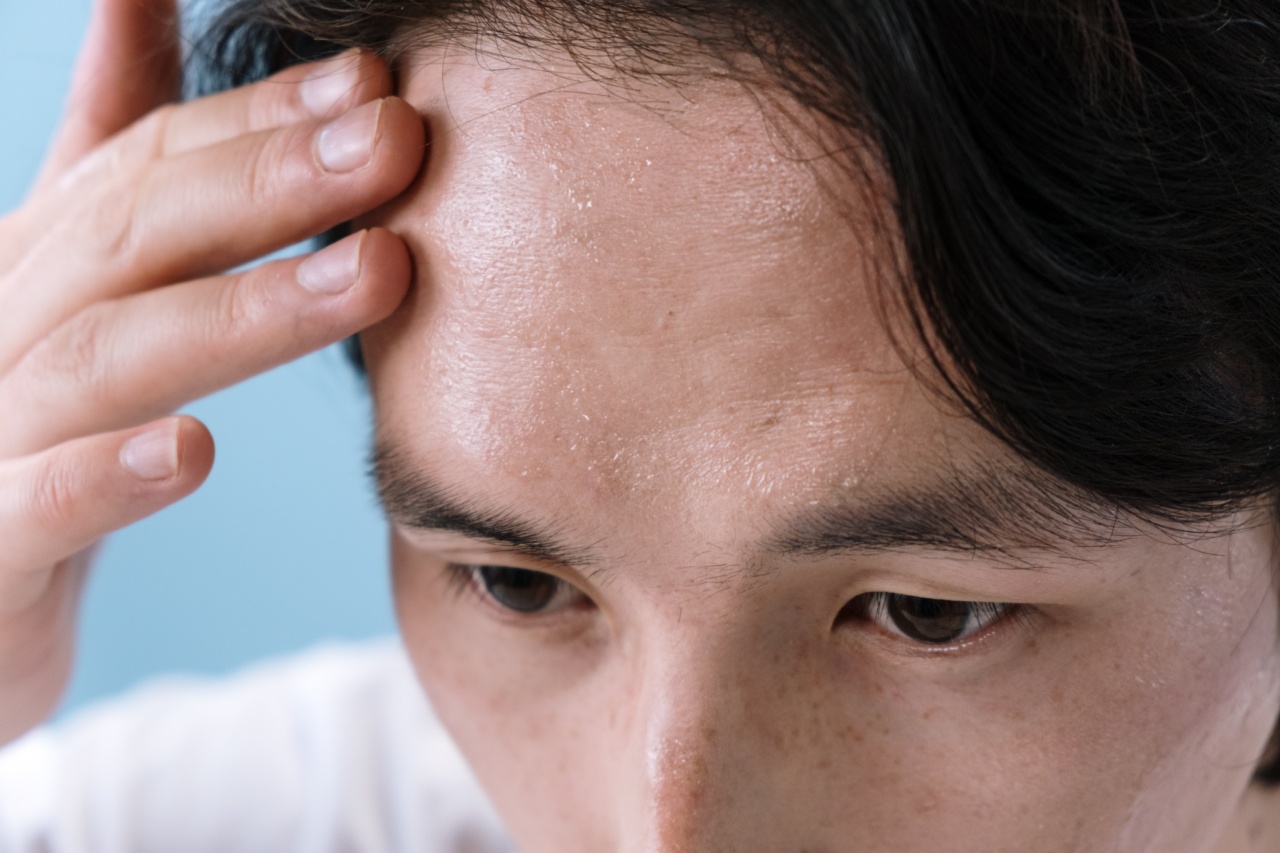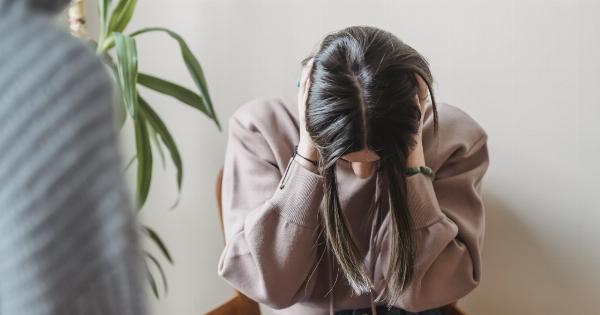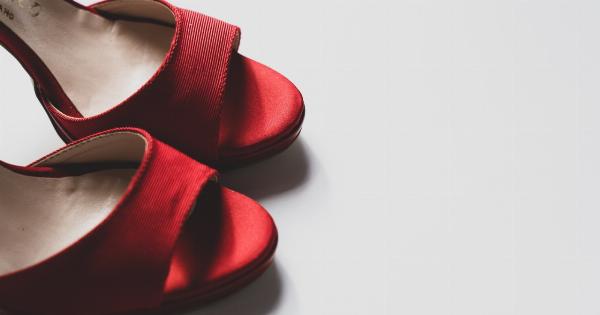Peripheral Arterial Disease (PAD) is a type of circulatory disorder that is caused by the narrowing or blockage of arteries in the peripheral system, which typically includes legs, feet, arms, and hands.
PAD is a significant global health concern that affects millions of people worldwide.
Causes of Peripheral Arterial Disease
Although there are several causes of Peripheral Arterial Disease, the leading cause is Atherosclerosis, which refers to a build-up of cholesterol and fatty plaque in the walls of arteries, causing a blockage in blood flow.
Other causes of PAD may include:.
- Diabetes
- High Blood Pressure
- Cardiovascular Disease
- Smoking
- Obesity
- High Cholesterol
- Family History of PAD
Visual Symptoms of Peripheral Arterial Disease
Peripheral Arterial Disease causes symptoms due to the reduced blood flow to the affected organs or limbs. The following visual symptoms may indicate the presence of PAD:.
1. Leg Pain and Cramp
Leg pain and cramp is one of the early symptoms of Peripheral Arterial Disease. The pain usually occurs in the calf muscles, but it may also occur in the thighs, hips, and buttocks.
The pain may be severe and occur when walking, climbing stairs, or exercising.
2. Sores on Limbs
Sores or ulcers on the limbs can occur due to poor blood flow. The sores may be slow to heal and can become infected, leading to further complications. Sores on the feet or toes are a common symptom of PAD, especially in people with diabetes.
3. Pallor or Blue-tinged Skin
Peripheral Arterial Disease can cause the skin to become pale or have a bluish tinge. The skin may also feel cool to the touch. These symptoms are usually noticed on the limbs and are due to the reduced blood flow to those areas.
4. Hair Loss or Slow Hair Growth
Peripheral Arterial Disease can cause hair loss or slow hair growth on the affected limbs. This symptom is due to the reduced blood flow to the hair follicles, leading to a lack of nutrients and oxygen in those areas.
5. Slow Nail Growth
Similar to hair growth, Peripheral Arterial Disease can also reduce nail growth on the affected limb. This symptom is due to the reduced blood flow to the nail bed, leading to a lack of nutrients and oxygen in that area.
6. Shiny Skin
Peripheral Arterial Disease can cause the skin on the affected limb to become shiny and taut. The skin may also feel tight, which is a result of the reduced blood flow to the area.
7. Muscle Atrophy
When an affected limb does not receive adequate blood flow, it can lead to muscle atrophy or a decrease in muscle mass. This symptom can cause weakness and further complications.
8. Varicose Veins
Peripheral Arterial Disease can cause the formation of varicose veins on the affected limb. These veins are often visible on the skin surface and may appear twisted or bulging.
This symptom is due to the reduced blood flow in the area, leading to vein damage.
9. Weak or Absent Pulses
Peripheral Arterial Disease can cause weak or absent pulses in the affected limb. A pulse is a measurement of the blood flow in the artery. Weak or absent pulses indicate that the blood flow in the artery is reduced or blocked.
10. Gangrene
Gangrene is a severe complication of Peripheral Arterial Disease and occurs due to the lack of blood flow to the affected area. The lack of oxygen and nutrients can cause the tissue to die.
Gangrene is a medical emergency and requires immediate attention.
Conclusion
Peripheral Arterial Disease is a progressive condition that can cause severe complications if left untreated. The visual symptoms of PAD are often indicators that there is a reduced blood flow to the affected limb.
If you experience any of these symptoms, you should seek medical attention immediately. Early diagnosis and appropriate treatment can help improve the quality of life of those with Peripheral Arterial Disease.



























